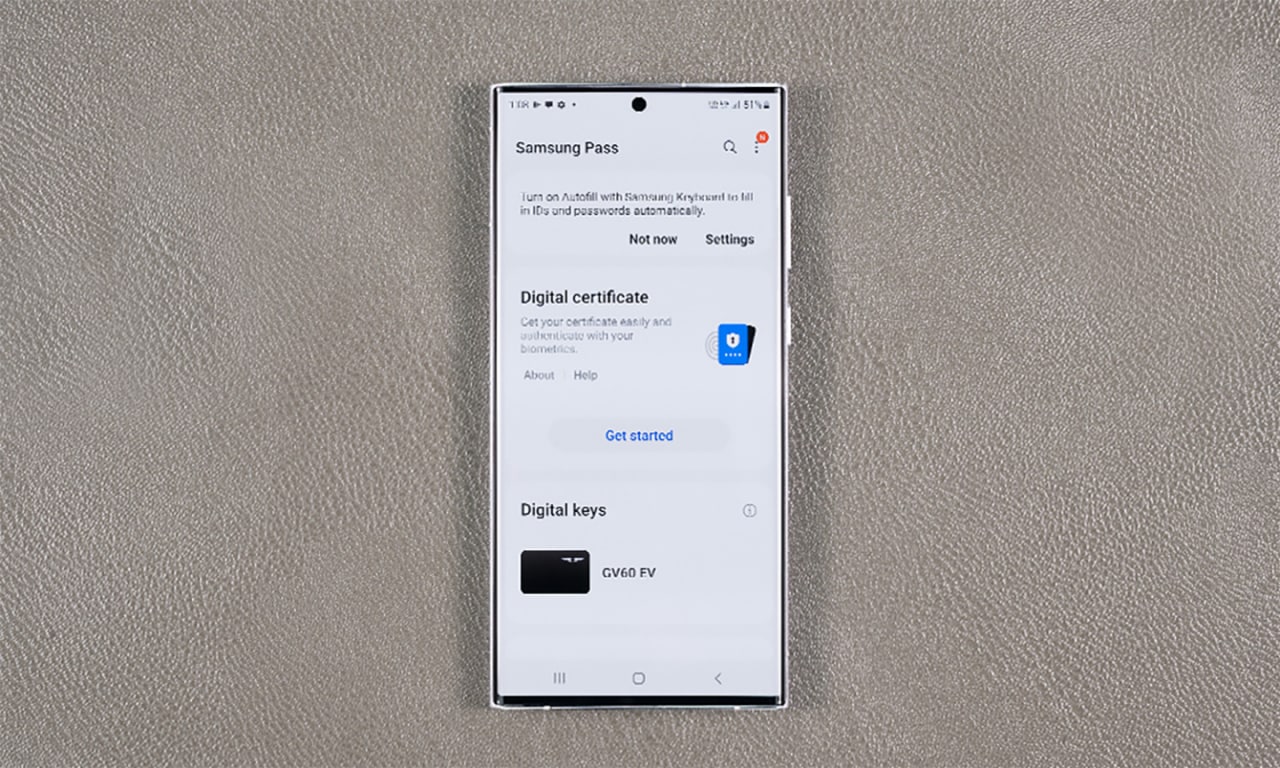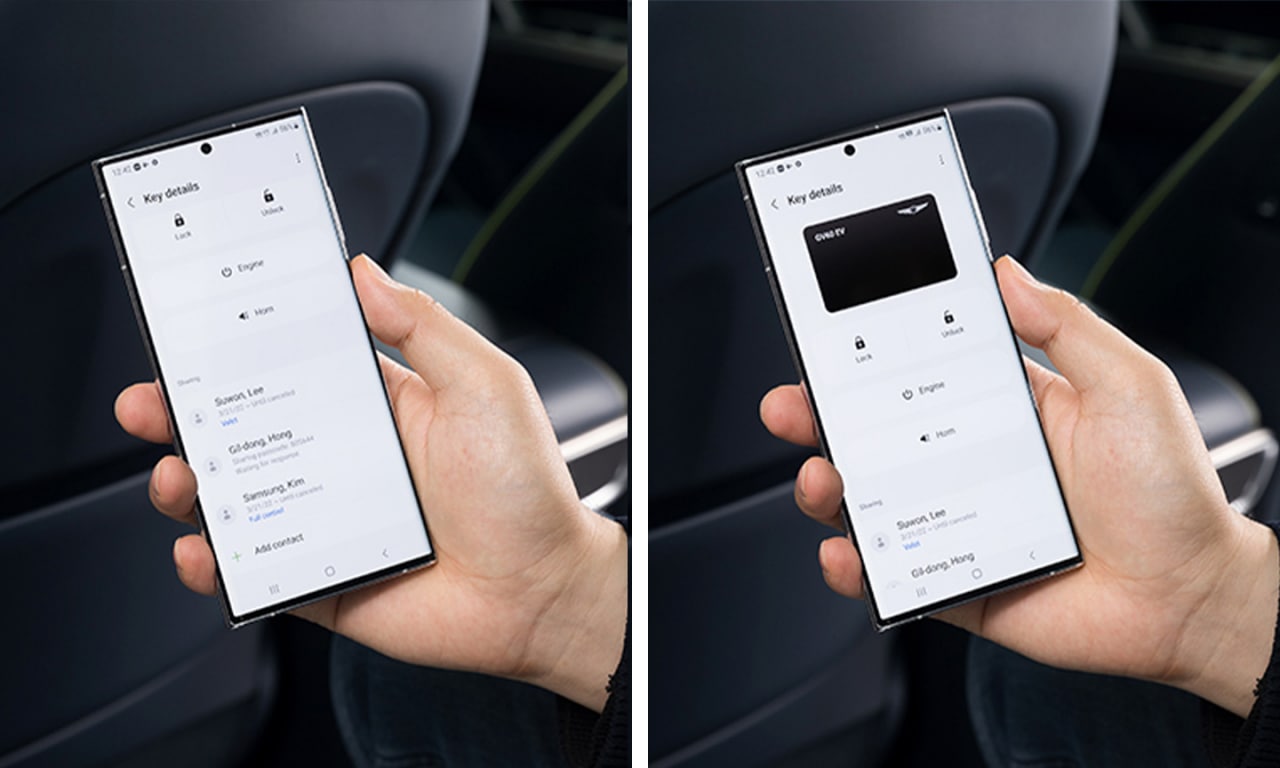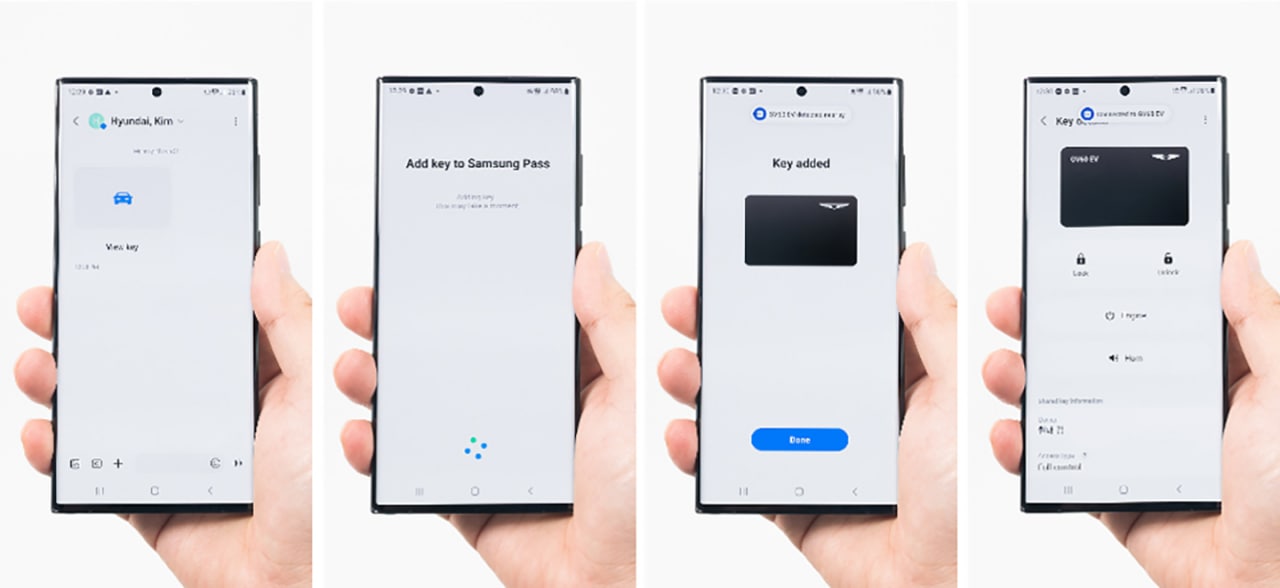Technology
Meet Samsung UWB-powered Digital Car Key!
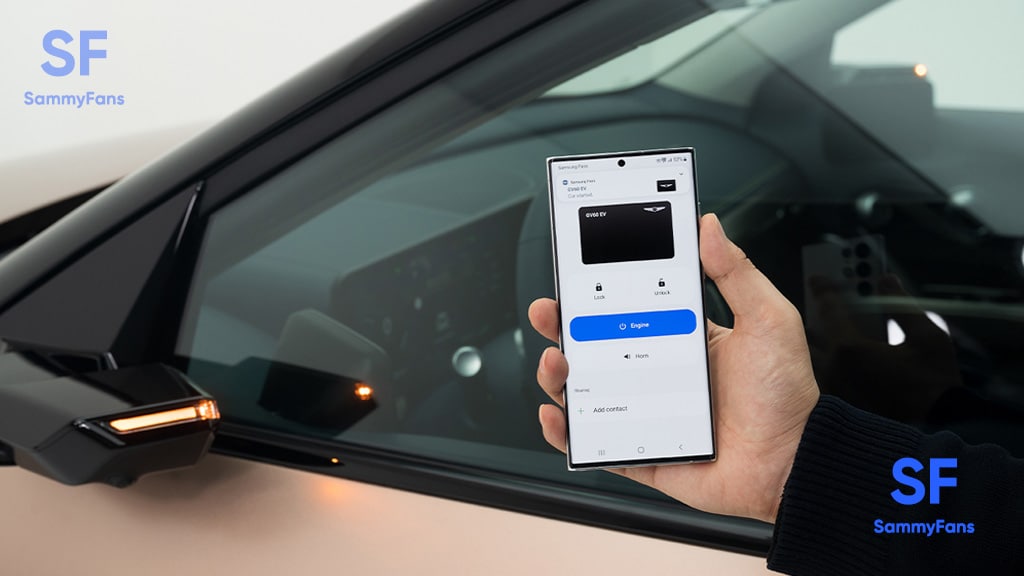
Earlier, Samsung announced that select flagship Galaxy devices will be able to act as a key of consumer’s cars. Today, Samsung and Hyundai announced that the GV60 Genesis electric vehicle will be the first to support ultra-wideband (UWB) digital keys available on Galaxy devices.
Samsung confirmed that the Galaxy S22+, Galaxy S22 Ultra, Galaxy Z Fold 3, Galaxy S21+, Galaxy S21 Ultra, Galaxy Z Fold 2, and Galaxy Note 20 Ultra will support a digital key powered by UWB technology.
DOWNLOAD SAMMY FANS APP
Using the Digital Key function, you can now unlock your car with your smartphone simply by walking up to it and lock it back up again by just touching the door sensor. Well, it’s time to meet such technology that transforms your smartphone into a digital key.
Join SammyFans on Telegram
UWB-powered Smart Car Key
Ultra-wideband, commonly known as UWB, is a wireless technology that lets your phone connect the directly communicate with your car. After registering a digital key, supported cars, such as GV60, can identify authorized Galaxy devices and unlock the doors as they approach.
All thanks to Samsung Pass
Samsung Pass, which is a system for storing digital signatures, IDs, and passwords, avails a Digital key feature to the Galaxy consumers. The company has confirmed that the service will also be available on the Samsung Wallet app, allowing users to securely store and manage digital IDs, boarding passes, vouchers, and credit cards.
How to use Samsung Digital Car Key
All you need to do is just install and open up the Genesis Connected Service app in the car. Once done, select “Vehicle” menu on the infotainment system, select the “Digital Key” menu on the screen, and “Register” on your Genesis Connected app. That’s it! Samsung Pass should start automatically registering the key in both apps.
Ways to unlock car
There are two ways to unlock your car using UWB; either you can open your car door by pressing the door handle while your phone is in your bag or pocket, or you can automatically unlock it simply by approaching the car with your smartphone.
Apart from these capabilities, there are also some helpful features that users can enjoy remotely on their Galaxy phone, like honking the horn or starting the car before entering the vehicle by pressing the engine button in Samsung Pass.
Digital Key sharing
You can choose to share your Digital Key with three of your contacts by selecting them from a list and clicking “Send Digital Key.” This will send a text message that will guide you through setting up a digital key on your Galaxy smartphone.
Once you’ve shared the key, the recipient can immediately use it by adding it to their Samsung Pass. You can even control how long the key is used and revoke access if necessary.
Users can rest assured that their digital key is safe, thanks to the high-quality security chipset that protects Samsung Pass. The app’s authentication process ensures you’re always in control of who can borrow your car key and when.
Samsung believes that all of our Galaxy users deserve the convenience of a more digital lifestyle. That’s why they continue to expand their core digital services through innovative partnerships with global automakers. The goal of Samsung is to increase the number of smartphones that support digital car key feature with UWB technology.
| Credits – Samsung |
Samsung
A tech lover’s journey with the Samsung Galaxy Z Fold4: A tale of disappointment
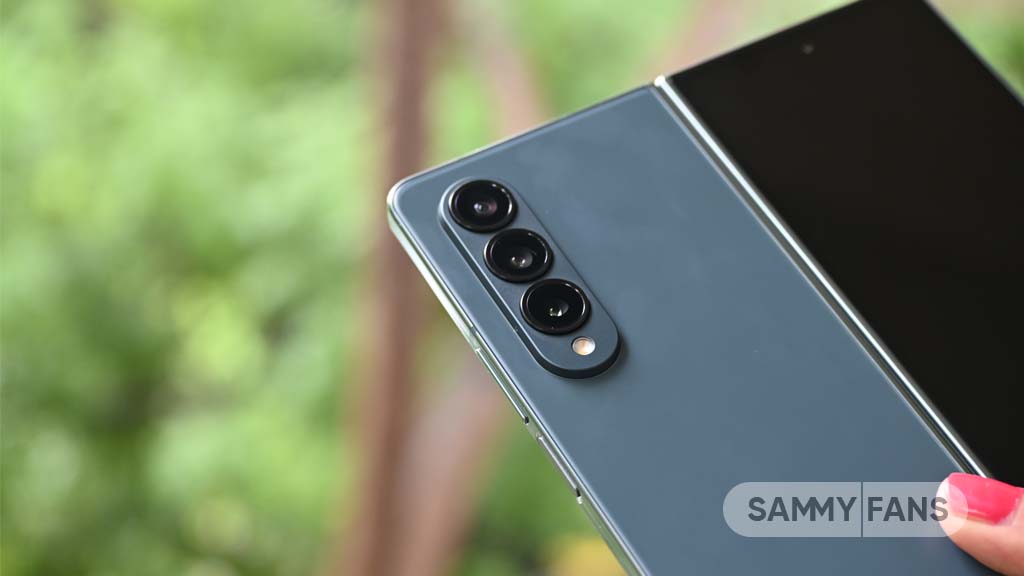
I have been a huge fan of technology, always eager to explore the latest electronic gadgets including smartphones, headphones, laptops, and several others. I have owned the Samsung Galaxy Z Fold4 5G for two years now, using it as my secondary phone for the last year.
I have always treated it carefully, so you can imagine my situation when I noticed a small black dot on the inner screen of the fold. It wasn’t long before the entire inner display stopped working, while at the same time, the outside screen remained just fine.
This has been quite a setback for me, particularly because I paid over $2000. You expect something that expensive to last, right? But here I am, with a phone where the main feature—the folding screen—is dead. Samsung wants around $650 to fix it, which seems a lot, especially since the phone itself is now only worth around $800-900 if I go for the trade-in. This questions how well these expensive foldable phones hold their value over time.
What’s even more frustrating is not knowing why the screen failed. After using various Samsung foldable phones over the years, this issue makes me think twice about the reliability of the foldable. It’s not just about my experience; it’s a concern for anyone interested in foldable technology.
I am highlighting a difference between Samsung’s marketing narrative, where the company positions itself as a leader in innovation and customer service and the experience with its products. The failure of the Samsung Galaxy Z Fold4’s inner display questions whether Samsung truly stands by its products when the product faces issues.
By sharing my experience here, I want to inform other buyers like me about the potential pitfalls of purchasing such high-end tech. I also want to influence Samsung to reconsider its approach to customer service and product reliability by bringing attention to these issues.
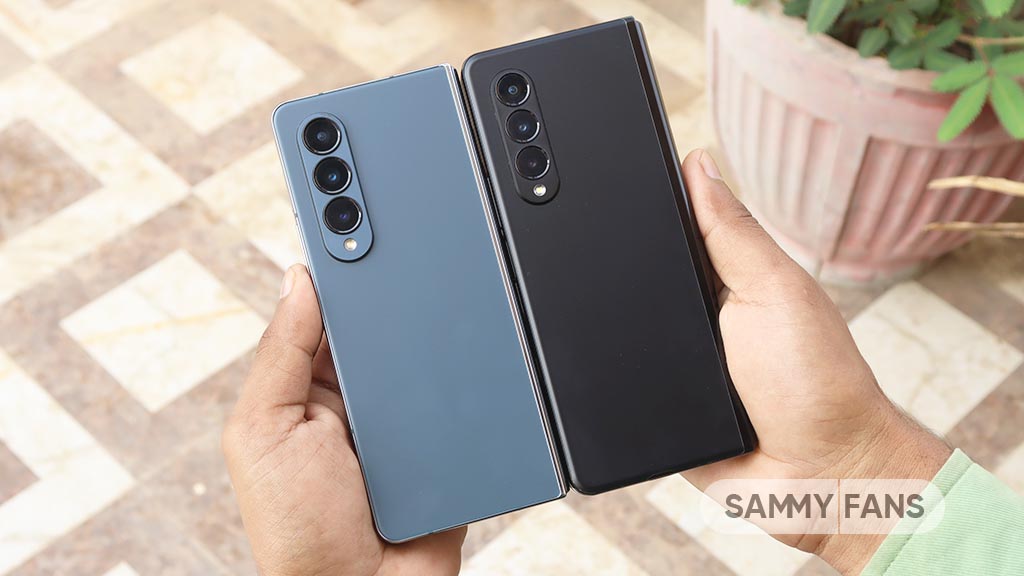
Despite being excited about the concept of foldable phones, especially the easy multitasking feature (my favorite), this negative experience has led to hesitation (or doubt in my case) about future purchases.
I hope Samsung will recognize these customer experiences and attempt to address such issues, either through improved product design, enhanced customer support, or more transparent communication about product limitations or potential issues.
These sudden breakdowns are damaging Samsung’s foldable phones’ reputation and might make potential buyers think twice before getting one.
Disclaimer
I have reviewed all Samsung Galaxy Z Fold and Flip devices launched to date. I will share more information on my X account. You can connect me there.
Technology
Samsung phones might use TSMC-made Exynos chip

Samsung Galaxy S25 series could not use Exynos 2500 due to yield concerns. A new rumor suggests that Samsung could manufacture a future Exynos chip using a TSMC process node. It’s a very wild input, rendering fans in a head-scratching situation.
Tipster Jukanlosreve claimed that Samsung is “considering” manufacturing Exynos with TSMC. The revelation appears at a time when we are nearing to the potential Galaxy S25 series unveiling early next year.
Recently, it was reported that TSMC’s 3nm yield rate is above 80%. It’s a stable yield rate, with rumors citing the rate is peaking up to 90%. Usually, chip manufacturers target a 70-75% yield rate to conduct mass production of chipsets.
TSMC is the biggest rival of Samsung Foundry business. Over the years, the Taiwanese firm widened the gap with its Korean counterpart. It has plenty of major clients including Apple, Qualcomm, MediaTek and Google.
Until the Pixel 9’s Tensor, Samsung has produced Google’s chipsets. However, the Pixel maker switched its production partner, taking TSMC in. The planned 3nm Exynos 2500 is also reportedly canceled due to extremely low yield.
Samsung + TSMC: Is it possible?
An alliance between Samsung and TSMC is not impossible, it could indeed be materialized. Samsung’s System LSI business designs Exynos for Galaxy devices. Samsung Foundry is responsible for the fabrication of mobile platforms.
Silicon manufactured using the TSMC process is way better than Samsung Foundry-made products. TSMC chips offer better performance and decent power efficiency, as well as lower overheating concerns than Samsung Foundry.
We’ve heard Samsung’s plan to spin off its Foundry division in the next three to five years. Until the Samsung Foundry reaches an adequate level of yield rate and manufacturing advancements, System LSI can ink a deal with TSMC.
Technology
Is Samsung’s Galaxy Watch skipping out on Apple’s LTPO OLED advantage?

After the Watch 10 series launch last month, the smartwatch market is buzzing with excitement for the upcoming Apple Watch 11. Reports indicate that Samsung plans to work with Apple on developing LTPO OLED technology for the new watch, while the Galaxy Watch seems to be falling behind in adopting this technology.
Apple first introduced LTPO OLED technology in its Apple Watch series with the Watch 4 and has made improvements since then. Released in 2023, the Apple Watch Ultra 2 uses LTPO2. Now, the latest LTPO3 is available in the Apple Watch 10 series.
In addition to the Apple Watch, both the Pixel Watch 2 and OPPO Watch 2 also feature LTPO displays. However, it remains uncertain whether Samsung will adopt LTPO technology for its Galaxy Watch models.

Samsung Display has been a leader in the OLED market and has previously supplied displays for Apple products, including the Apple Watch. However, Samsung is currently focusing on its Galaxy Watch line, which uses Super AMOLED displays. These displays are colorful and perform well, they don’t offer the same power savings as LTPO technology.
The Korean tech giant has been successful with this approach in the smartwatch market but it hasn’t yet adopted the new LTPO technology for its watches. Still, Samsung is expected to participate in future developments for Apple’s upcoming watch model, the Apple Watch 11 series.
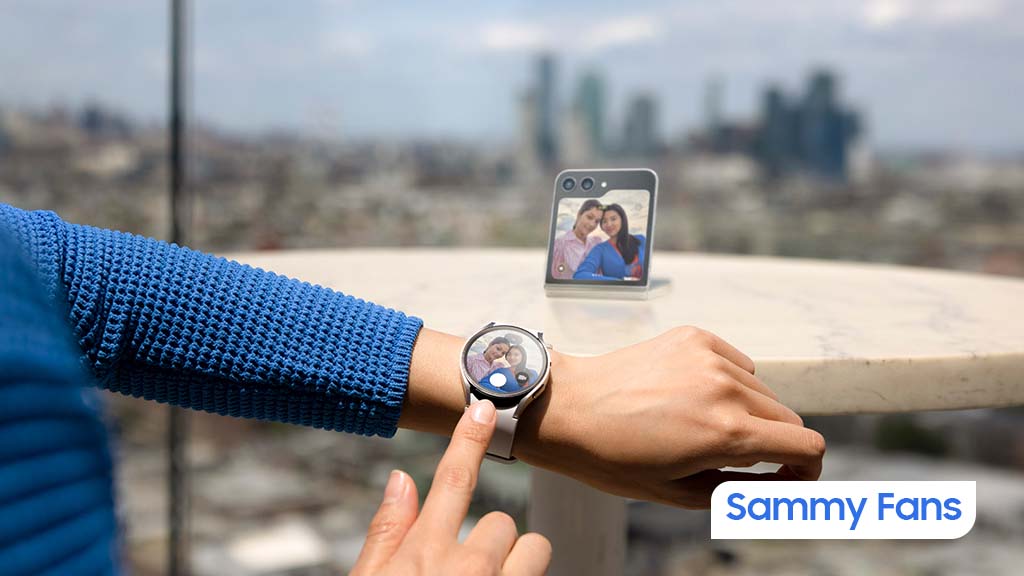
Notably, LTPO stands for low-temperature polycrystalline oxide, a technology that combines oxides with low-temperature polycrystalline silicon. LTPS provides fast responses to make displays quick to react, while oxide TFTs are more energy-efficient. By blending these two technologies, LTPO helps reduce power use, which can extend battery life.
Despite plans to provide LTPO OLED to Apple, Samsung currently has no plans to apply this technology to the Galaxy Watch. This means that the Galaxy Watch will miss out on the benefits of advancements in LTPO OLED technology. Stay tuned for more updates.
Apple iPhone 17’s LTPO upgrade is double-edged sword for Samsung

